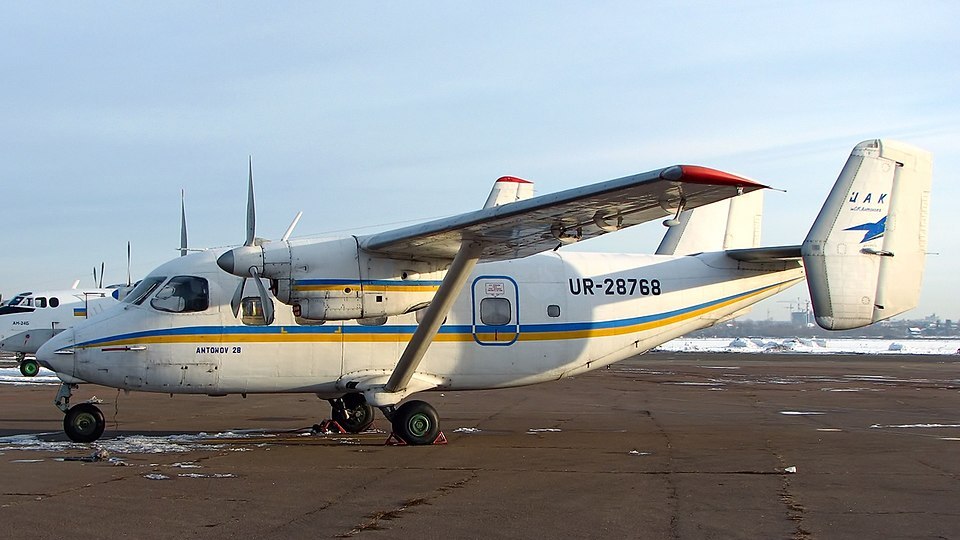One long-term strategy could stop Russia’s glide bombs—but demands a painful choice
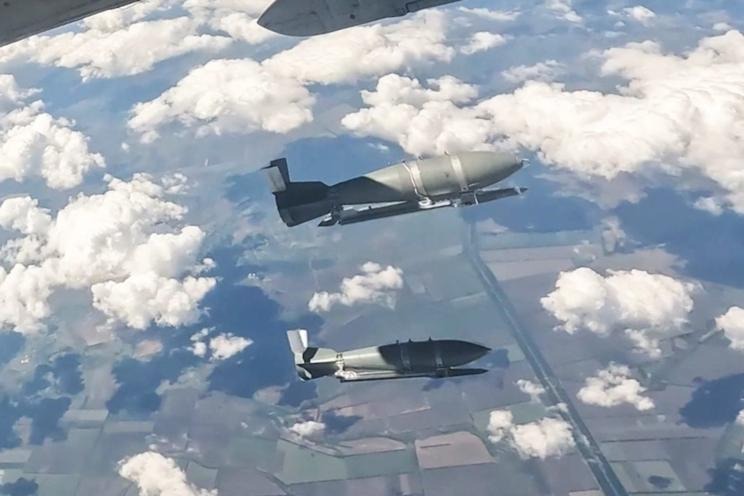
- Russia blasts Ukraine with thousands of glide bombs every month
- The bombs are difficult to defeat
- To suppress the bombardment over the long term, Ukraine could target the Russian aerospace industry
- Tighter sanctions and drone strikes could disrupt production of new jets
The Russian air force is lobbing as many as 5,000 glide bombs at Ukrainian positions every month, including some bombs weighing 3,000 kg. Just one of those aerial monsters is powerful enough to flatten a high-rise building.
The glide bombs blast holes in Ukrainian defenses, disrupt military logistics, and terrorize everyday Ukrainians living near the front line, leveling entire apartment buildings in one go.
In the battle for Pokrovsk, Russian forces drop up to 450 glide bombs per week on a single sector, destroying fortified strongpoints that Ukrainian forces spent months building—and allowing Russian infiltration. One FAB-3000 bomb can completely obliterate a fortified position, turning Ukrainian defensive networks into rubble and forcing troops into open fields where they become easier targets.
There are measures Ukrainian forces can take to blunt the relentless bombardment—but none are cheap. And some could take months if not years to have any meaningful effect.
Recent footage from the front line in Myrnohrad, in eastern Ukraine's Donetsk Oblast, dramatically illustrates the power of Russia's glide bombs, which range as far as 65 km on pop-out wings and satellite guidance. Russian industry developed the glide bomb kits in early 2023 in response to heavy Russian air force losses during close bombing sorties.
Glide bombs are a truly terrifying weapon. A Ukrainian soldier fighting in Konstantinivka told me about a FAB-3000 (as in, it weighs 3,000kg) hitting a nine-story apartment building next to his position. Leveled it to the ground in one go. https://t.co/SvTqljWqnv
— Neil Hauer (@NeilPHauer) November 13, 2025
The recent footage depicts a 1,500-kg or 3,000-kg glide bomb striking a multi-story building—and demolishing it.
"Glide bombs are a truly terrifying weapon," Canadian journalist Neil Hauer explained. He recalled a story about 3,000-kg glide bombs striking an apartment building in Kostiantynivka, in eastern Ukraine. "Leveled it to the ground in one go," Hauer wrote.
The inexpensive glide bombs, each costing just a few tens of thousands of dollars, dramatically reduce Russian warplanes' exposure to the most dangerous Ukrainian air defenses. Instead of attacking from directly overhead, planes could attack from 40 km (with the first generation of glide bombs) or from 65 km (with a newer generation that debuted this year).
Why glide bombs work—and how Russia protects its bombers

It's no coincidence that, as Russia's hundreds of Sukhoi Su-30 and Su-34 fighter-bombers switched to glide bombing since 2023, the rate of loss for both types has declined. Since Russia widened its war on Ukraine in February 2022, the Russian air force has written off around 15 Su-30s and around 40 Su-34s.
More than 250 of the jets remain in service—and Sukhoi continues to deliver replacement airframes at a rate of a couple of dozen a year.
Ukrainian forces aren't defenseless. They can:
- jam the glide bombs with electronic warfare systems;
- shoot down the glide-bombing Sukhois with their best long-range air defenses;
- and suppress the rate at which Russian industry completes replacement jets.
But jamming requires constant adaptation as the Russians add more and more satellite navigation receivers to successive generations of glide bombs. Long-range air defenses are in short supply as the Ukrainian air force prioritizes the defense of major cities and power plants against the most damaging Russian cruise missiles and ballistic missiles.

The Swedish jets Ukraine could get were built to survive Russia—and that’s the point
Russian jets accumulate dangerous flight hours
Disrupting the Russian aerospace industry is a long-term solution to the glide-bomb threat.
Flying nearly daily glide-bombing sorties, the Russian Su-30s and Su-34s have "built up significant fatigue hours" on their metal airframes, analysts Nikolay Staykov and Jack Watling wrote in a new study for the Royal United Services Institute in London. Warplanes are built tough, but they can become unreliable and unsafe after a few thousand flight hours.
More and more Russian jets are reaching that dangerous threshold. The recent crash of an Su-30 may underscore that risk.
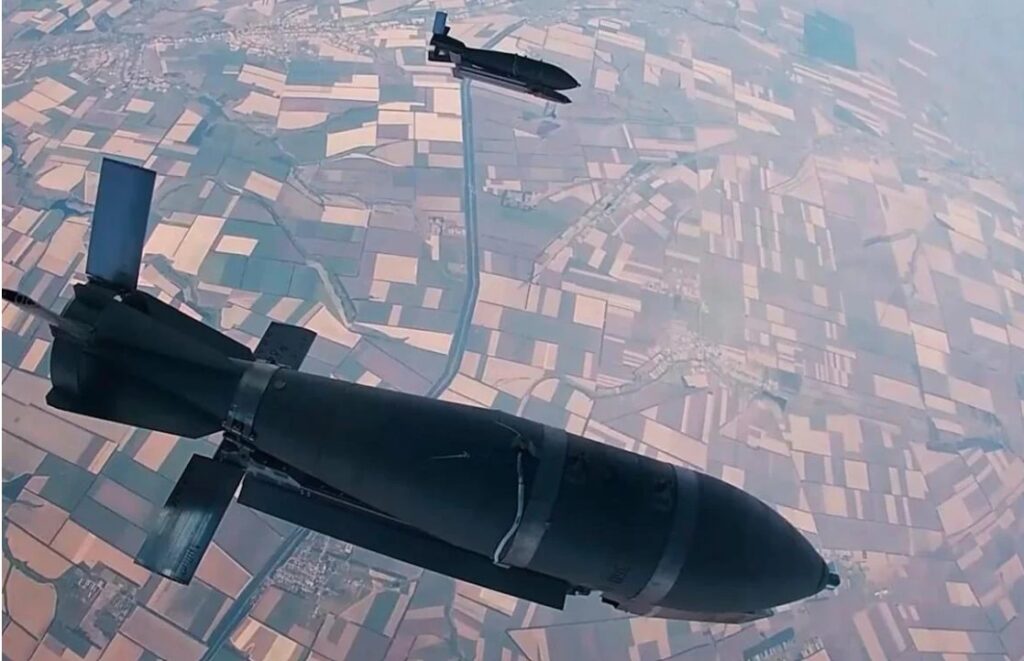
Strangling Sukhoi—sanctions and drone strikes
Ukraine and its allies can accelerate the decline of the Russian fighter fleet and slow the pace of glide bombings—by strangling Sukhoi and its suppliers with sanctions, and directly attacking the most critical production facilities with long-range attack drones.
The aerospace industry in Russia is uniquely vulnerable.
"Because of the number of precision subcomponents necessary to assemble fighter aircraft, even minor delays and disruption to production have a significant knock-on impact in suppressing the acceleration of aircraft production," Staykov and Watling wrote.
If Ukraine's allies can close gaps in sanctions on Russia's aerospace industry to cover all tiers of suppliers and, equally importantly, properly enforce the sanctions, it could "reduce the threat" from the Kremlin's glide bombers by reducing the number of flyable planes.
It wouldn't happen quickly, of course. It could take years before fatigue grounds a significant portion of the Su-30 and Su-34 fleet. Drone strikes on the factories could speed up the degradation by driving the production rate of new jets closer to zero.

But an intensive effort to drone Russian aerospace plants might have the unintended consequence of taking the pressure off the oil industry—and boosting Russia's wider economy.
At present, Kyiv aims most of its long-range drones at Russia's oil industry. The oil campaign has disabled 20% of Russia's oil refining, forced a VAT hike, and driven Moscow's National Wealth Fund toward exhaustion by 2026—"the most efficient thing Ukraine can do" to hurt Russia's war machine, as one economist says.
But every drone aimed at an oil refinery is a drone not aimed at aircraft factories building the bombers that drop 5,000 glide bombs monthly. Pivoting to strikes on airplane factories focus might reduce bombardment in two or three years, if it works. Every month of delay means 5,000 more bombs.
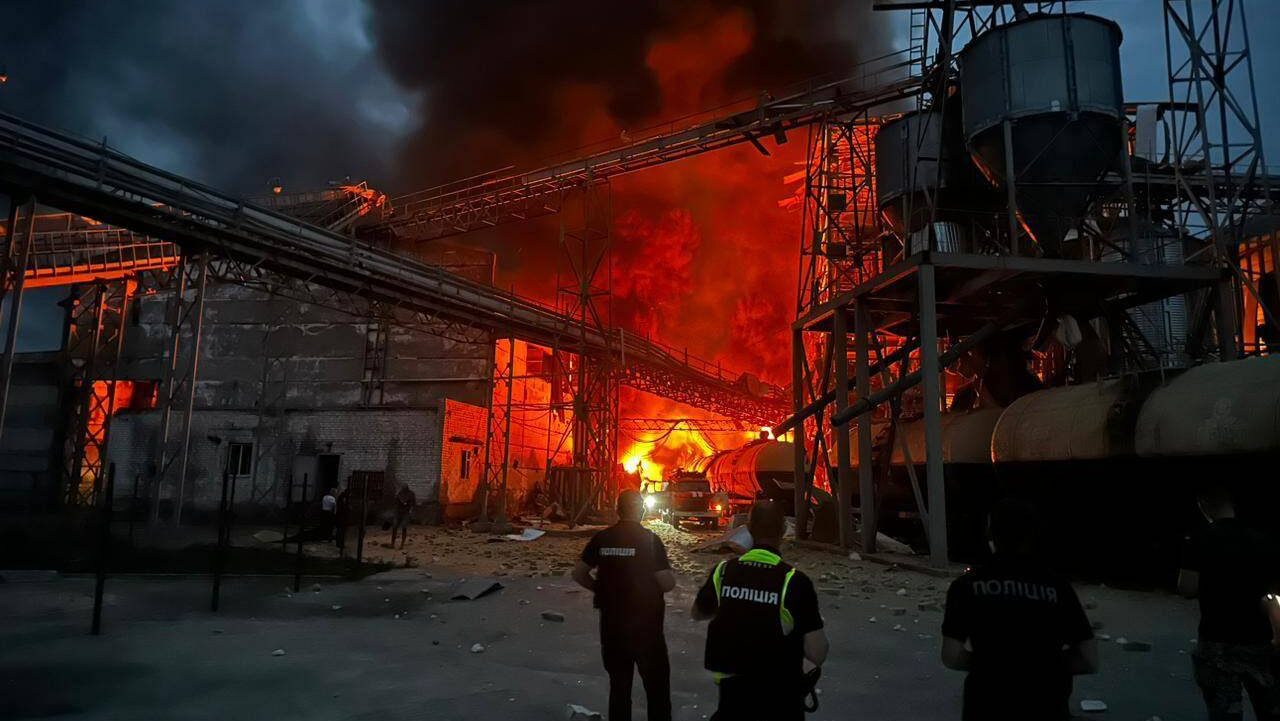
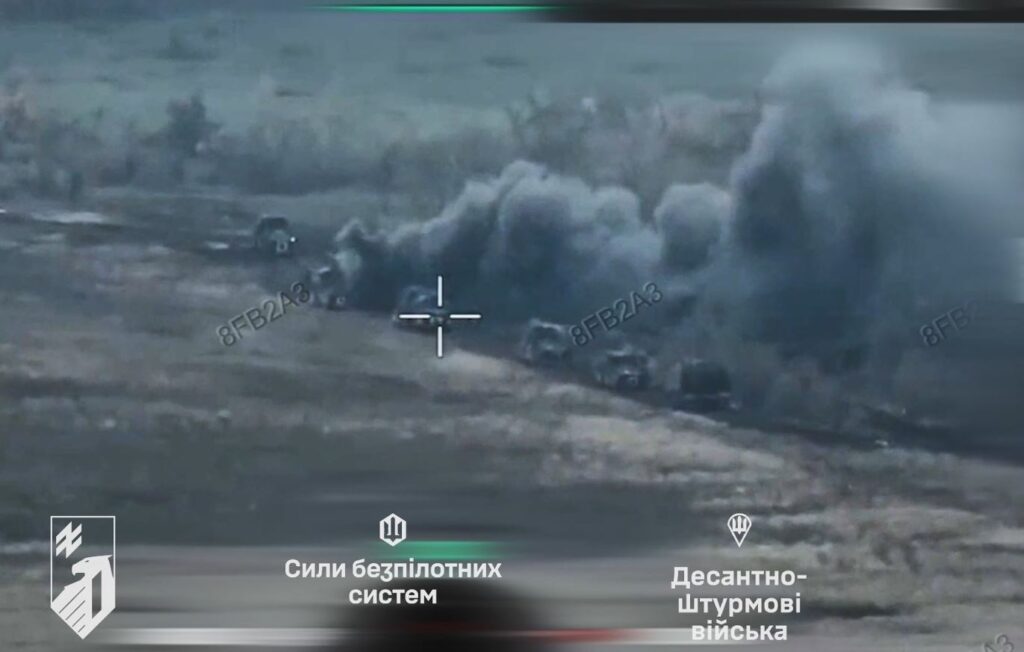




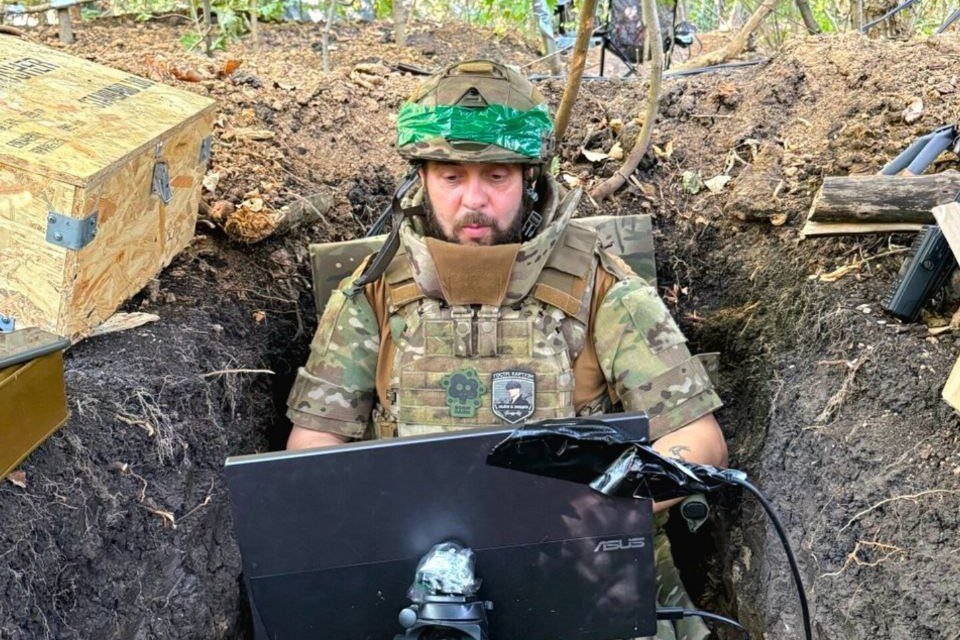

 (@GrandpaRoy2)
(@GrandpaRoy2) 




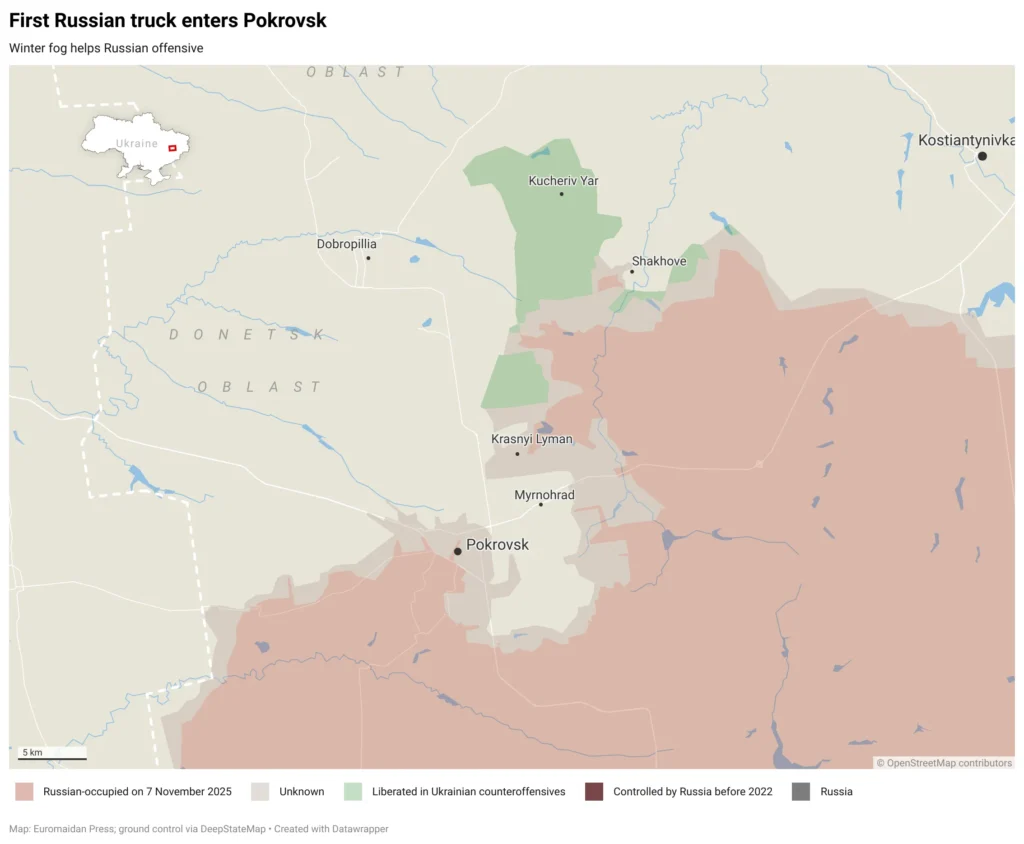
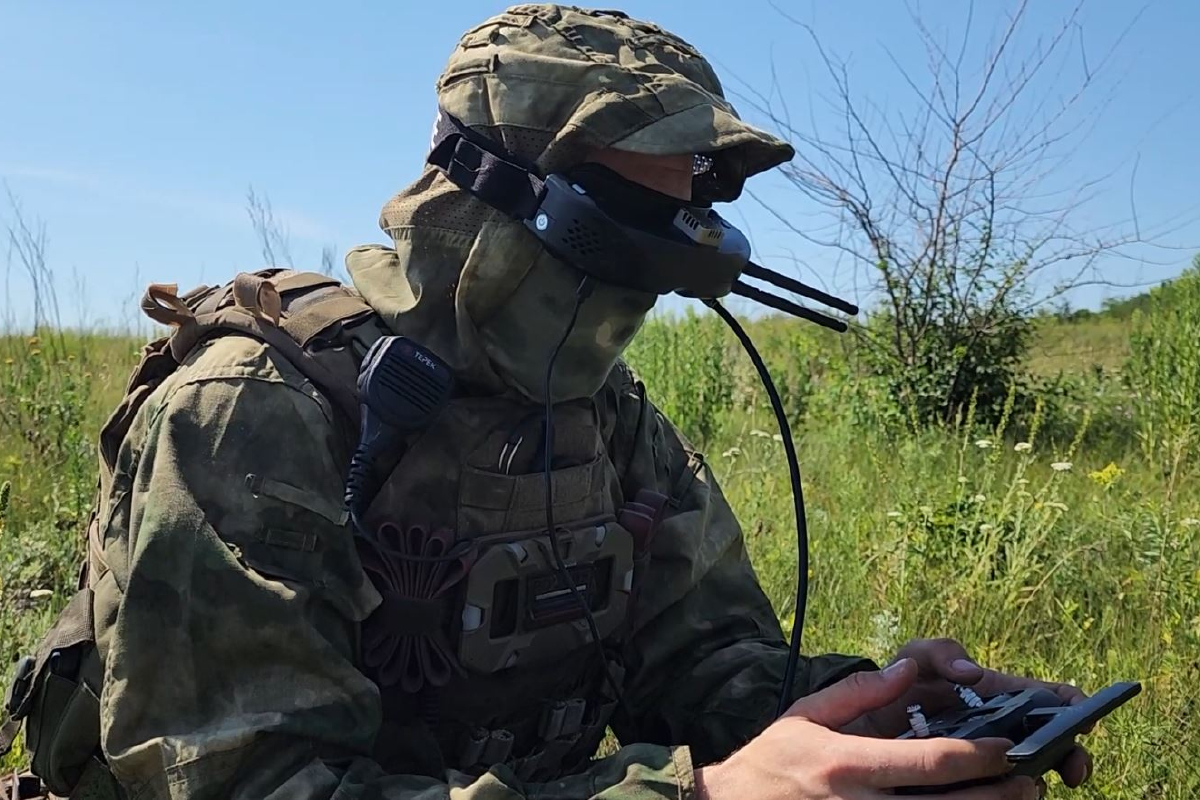






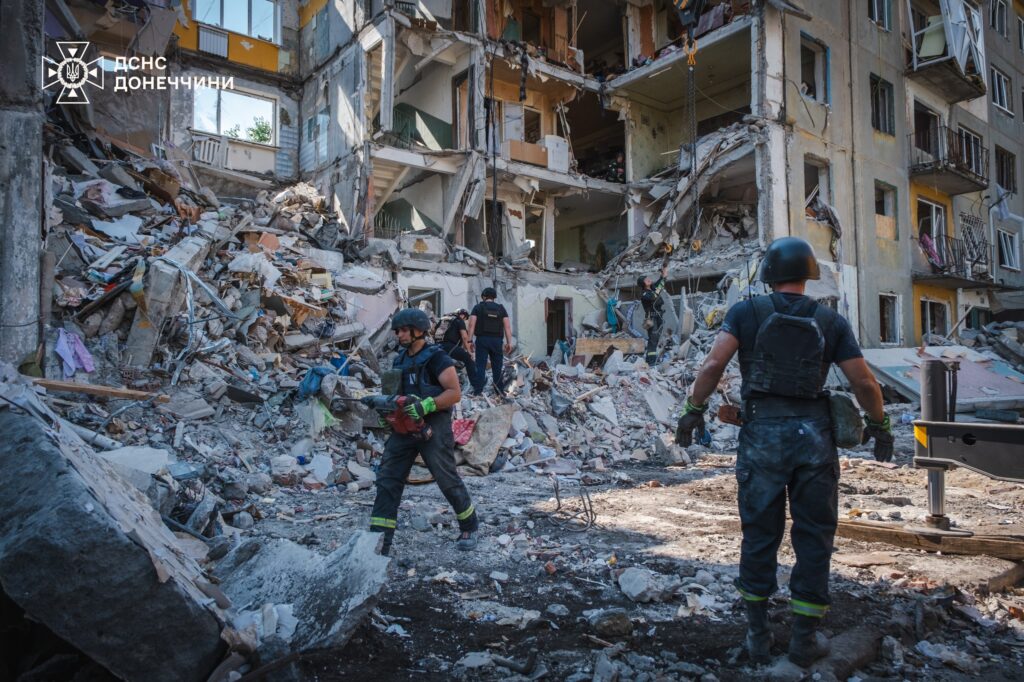




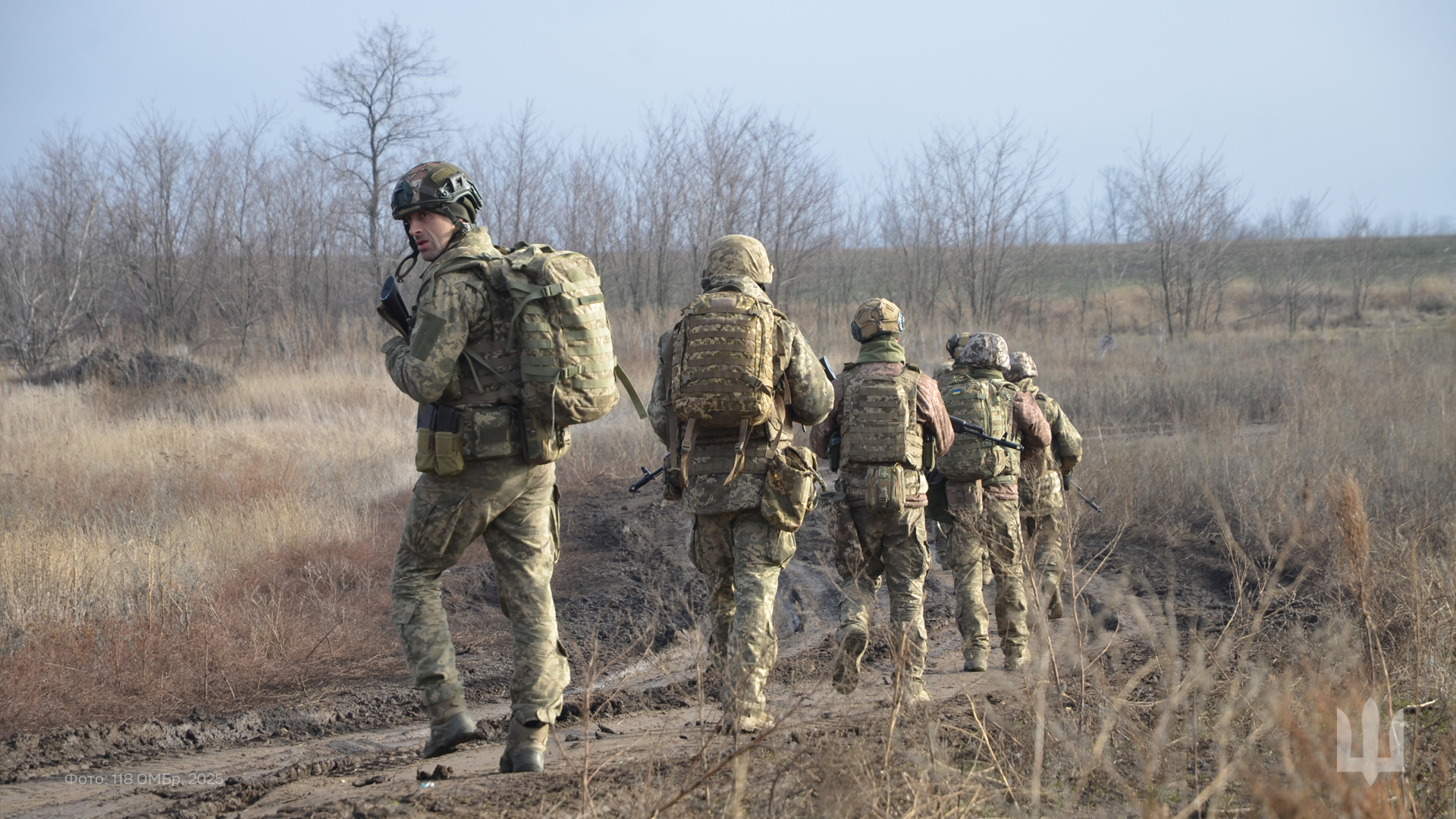

 soldiers have been sighted in the center of Pokrovsk, a strategic city in the east of Ukraine
soldiers have been sighted in the center of Pokrovsk, a strategic city in the east of Ukraine 
 THREAD
THREAD



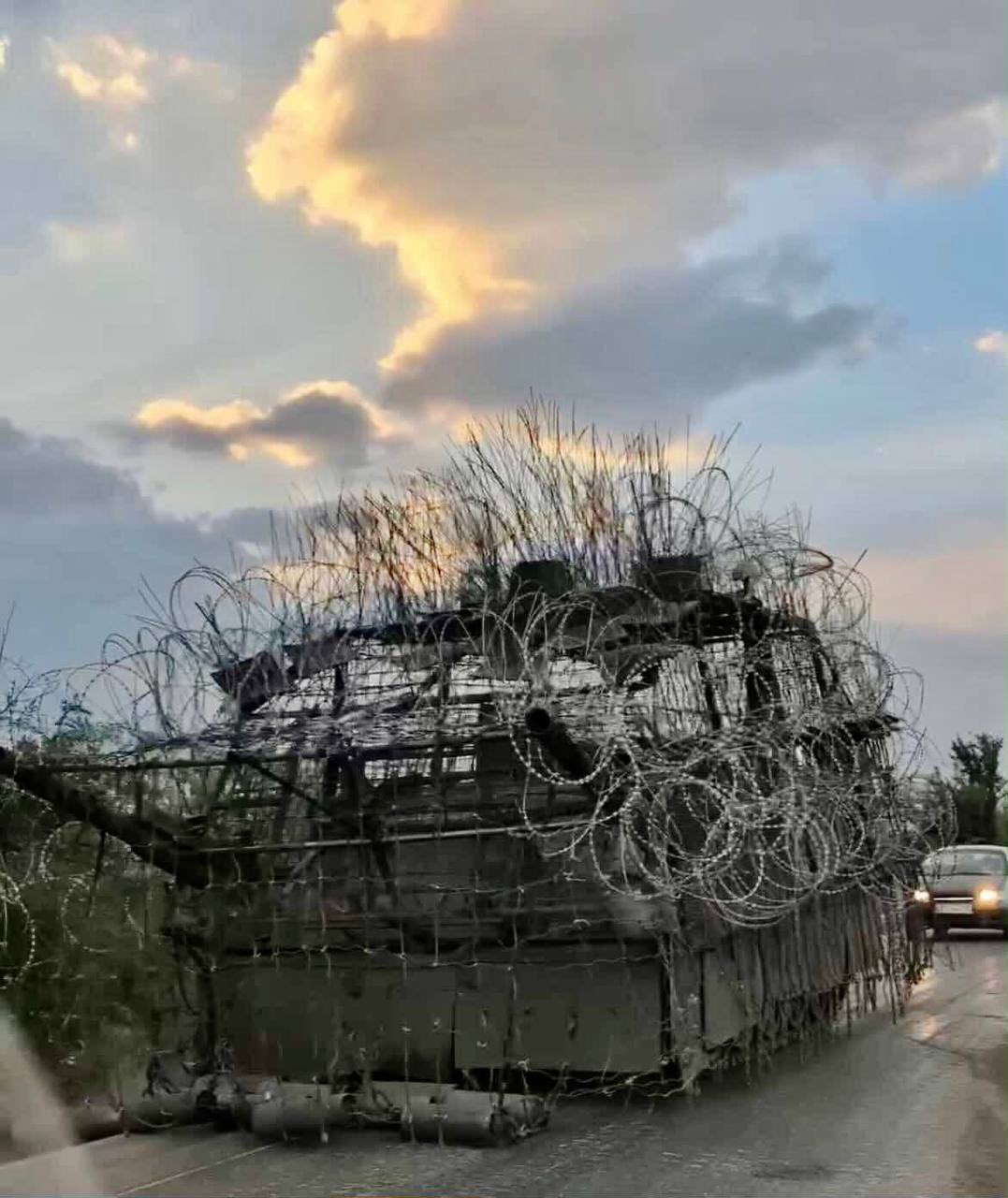

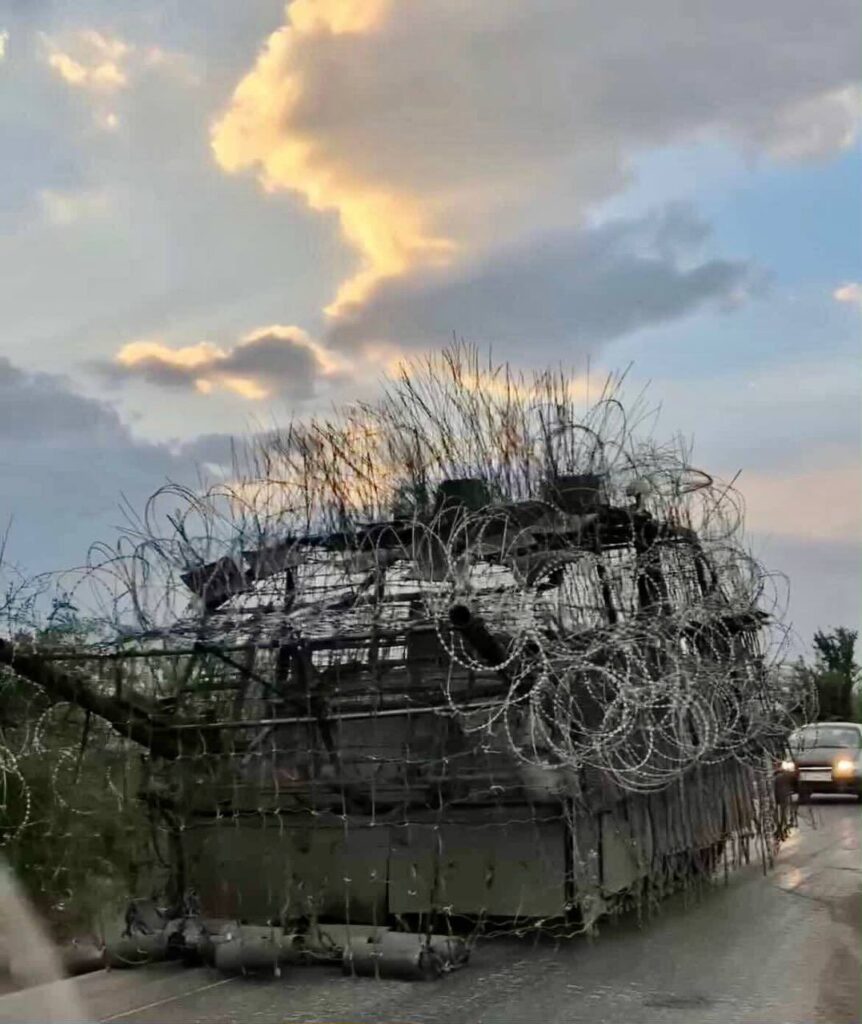



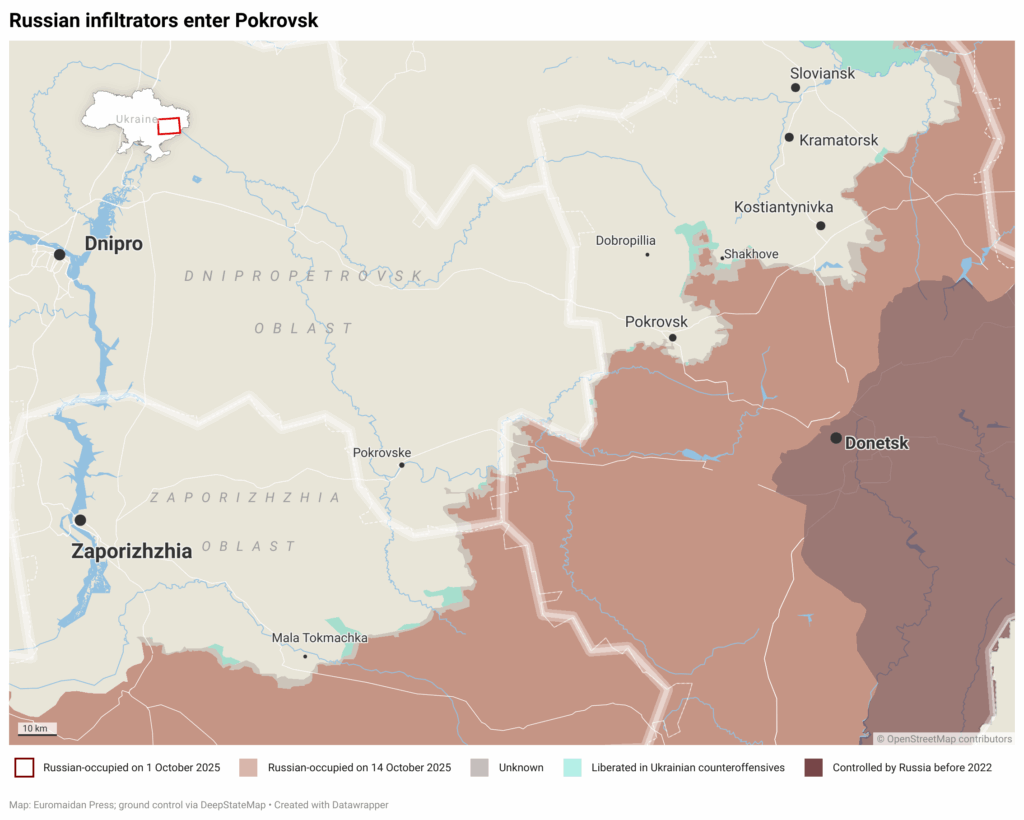


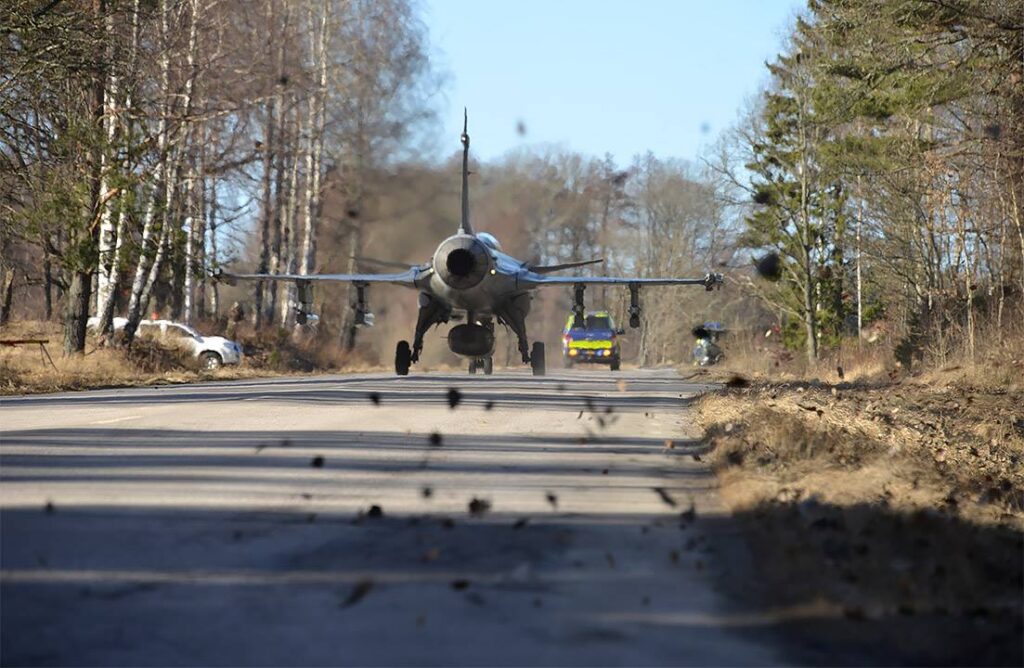


 Scroll horizontally to see all columns on mobile
Scroll horizontally to see all columns on mobile